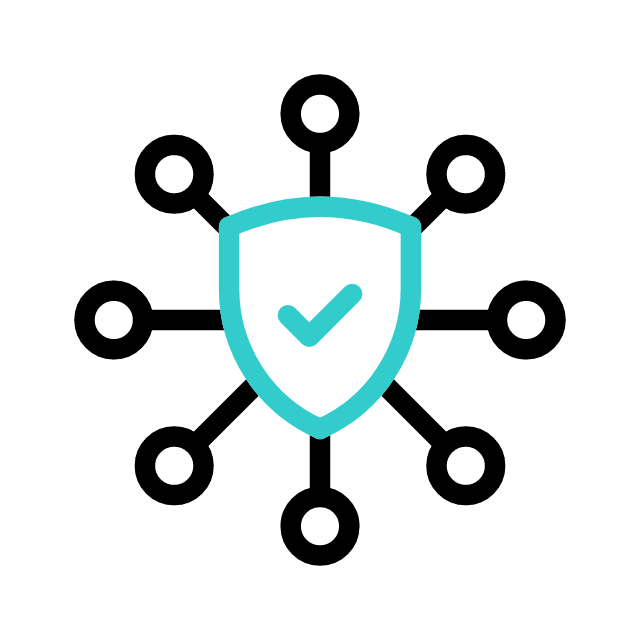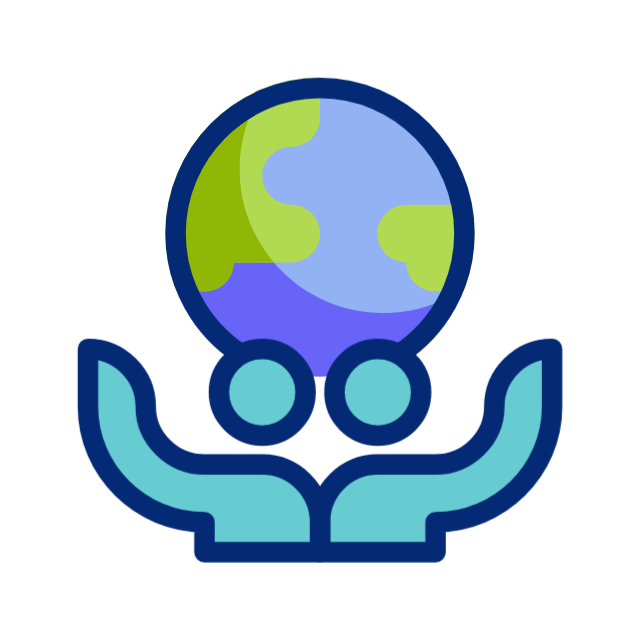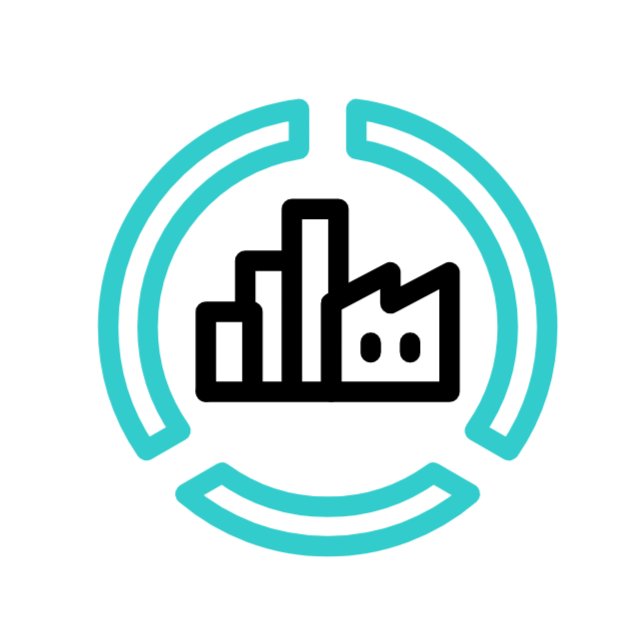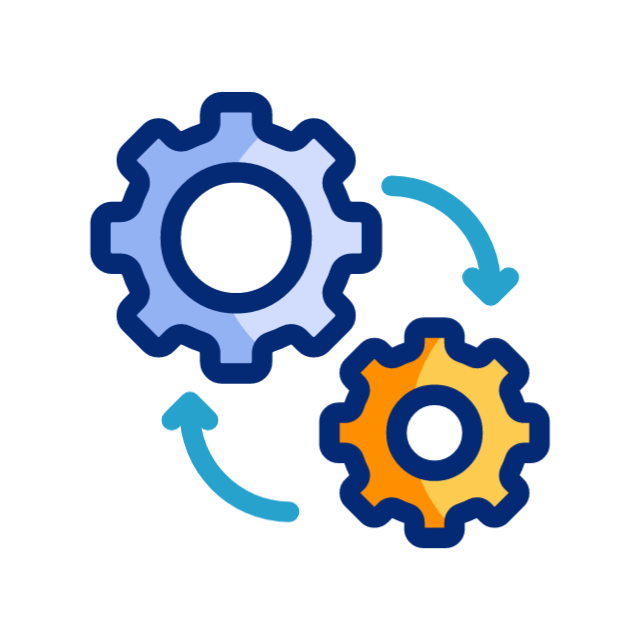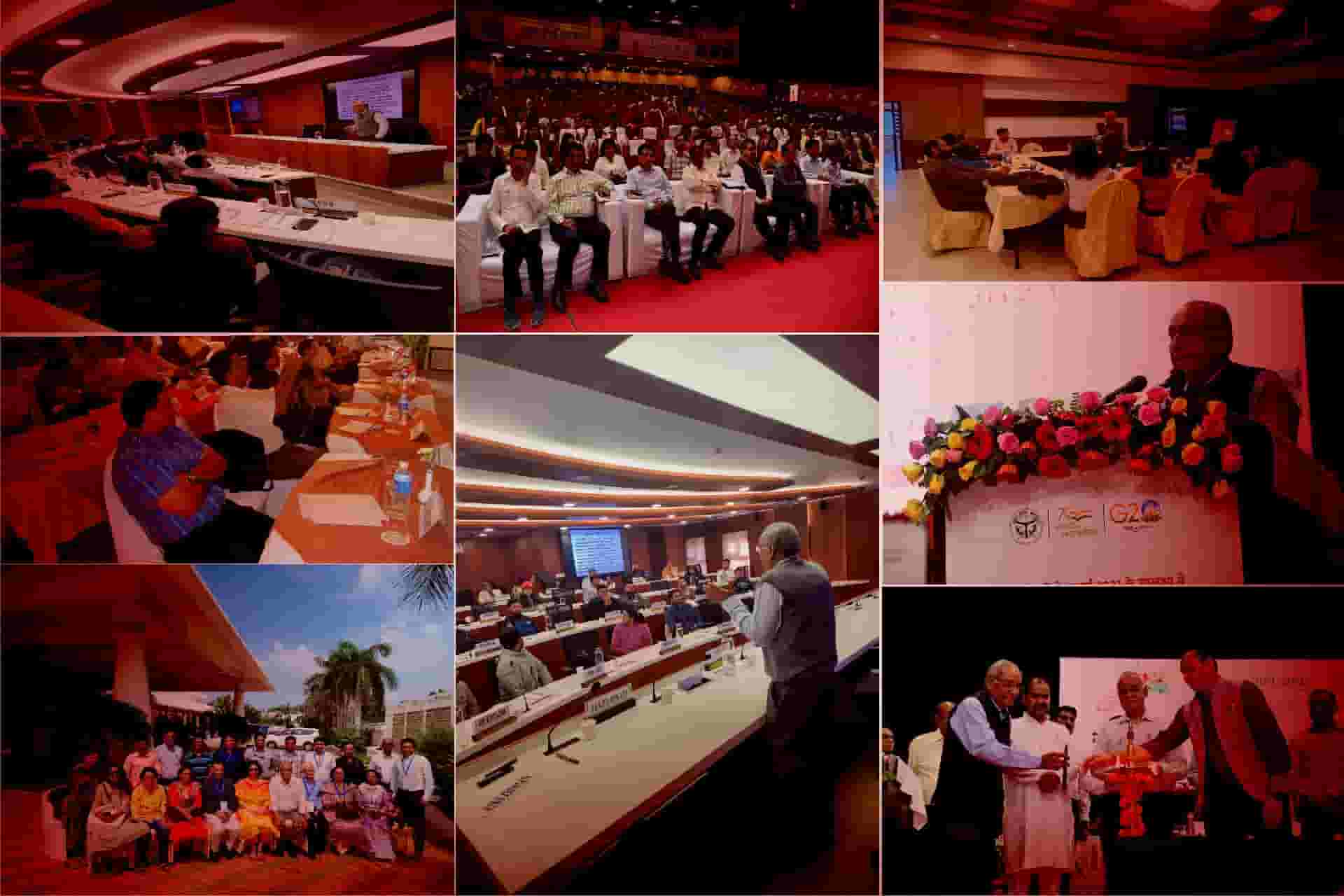A water audit is a systematic process of identifying, quantifying, and verifying water consumption and water losses within a building, facility, or system. The primary goal is to assess how water is used and to develop strategies for water conservation and efficiency. Conducting a water audit can yield numerous benefits for organizations, communities, and the environment. Here are the key benefits of performing a water audit:
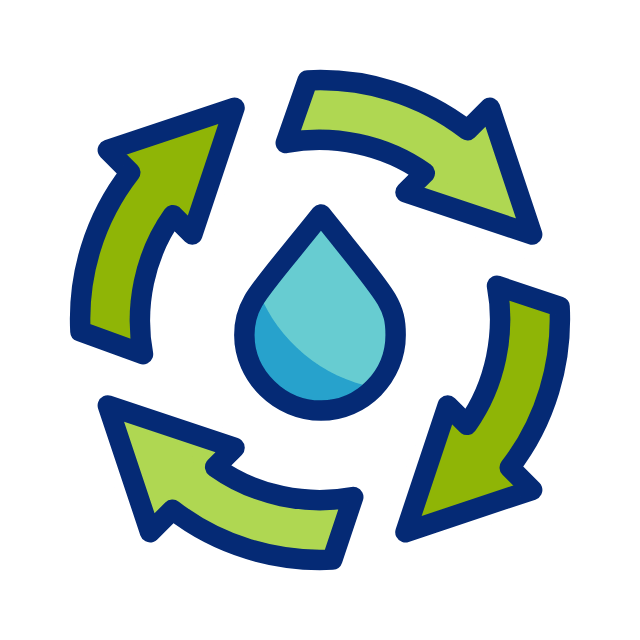
Benefits of Water Audit
Benefits to Organizations:
- Cost Savings:
- Reduced Water Bills: Identifying and addressing water wastage can significantly lower water utility costs.
- Operational Efficiency: Implementing water-saving measures can lead to more efficient operations and reduced costs associated with water use and waste.
- Resource Management:
- Accurate Water Usage Data: A water audit provides detailed insights into water usage patterns, helping organizations manage their water resources more effectively.
- Leak Detection: Identifying leaks and inefficiencies helps in timely repairs, preventing water loss and associated costs.
- Quality Improvements:
- Consistent Practices: Standardizing procedures ensures consistent quality in production and service delivery.
- Error Reduction: Organized and clean workspaces reduce the likelihood of errors and defects in products or services.
- Cost Savings:
- Reduced Waste: The 5S principles help identify and eliminate waste, leading to cost savings in materials and time.
- Maintenance Costs: Regular cleaning and organizing (Shine) can prevent equipment breakdowns, reducing maintenance costs.
- Increased Employee Morale:
- Better Work Environment: A clean and organized workplace creates a more pleasant work environment, boosting employee morale and satisfaction.
- Engagement: Involving employees in the 5S process fosters a sense of ownership and engagement with their work.
- Enhanced Customer Impressions:
- Professional Appearance: A well-organized and clean facility reflects professionalism and can impress clients and visitors, enhancing the organization’s reputation.
- Consistency: Consistent adherence to 5S principles can lead to reliable delivery of high-quality products and services.
- Foundation for Continuous Improvement:
- Kaizen Integration: The 5S methodology provides a foundation for continuous improvement practices such as Kaizen, promoting a culture of ongoing enhancement.
- Employee Involvement: Regular 5S activities encourage employees to continually seek improvements in their work areas.
Benefits to Communities:
- Water Conservation:
- Reduced Demand: Lowering water consumption at the organizational level helps reduce overall demand on municipal water supplies.
- Sustainable Supply: Helps maintain a sustainable water supply for communities, especially in areas facing water scarcity.
- Public Health:
- Improved Quality: Ensuring efficient water use and reducing waste can improve the overall quality of water available to communities.
- Health Benefits: Conserving water and reducing waste can help prevent contamination and improve public health outcomes.
Benefits to the Environment:
- Resource Conservation:
- Reduced Extraction: Decreasing water consumption reduces the need for extracting water from natural sources, preserving ecosystems and biodiversity.
- Lower Energy Use: Less water usage often translates to lower energy consumption for pumping, treating, and heating water, reducing greenhouse gas emissions.
- Pollution Reduction:
- Wastewater Management: Efficient water use can reduce the volume of wastewater generated, easing the burden on wastewater treatment facilities and reducing pollution.
- Ecosystem Protection: By conserving water, the pressure on freshwater ecosystems is reduced, helping to protect aquatic habitats and wildlife.
Benefits to Individuals:
- Awareness and Education:
- Knowledge: Conducting a water audit raises awareness about water usage and conservation practices among employees and residents.
- Behavior Change: Educating individuals on efficient water use can lead to long-term behavioral changes and sustainable practices.
- Involvement and Engagement:
- Employee Participation: Involving employees in water conservation efforts fosters a culture of sustainability and environmental responsibility.
- Community Engagement: Engaging the community in water conservation initiatives promotes collective action towards sustainability goals.
Overall Benefits:
- Enhanced Efficiency:
- Optimized Systems: A water audit helps optimize water distribution and usage systems, improving overall efficiency and effectiveness.
- Maintenance Planning: Identifying areas of inefficiency and potential failures enables proactive maintenance and long-term planning.
- Strategic Planning:
- Data-Driven Decisions: The data gathered from a water audit informs strategic planning and decision-making processes regarding water use and conservation.
- Investment Prioritization: Helps prioritize investments in water-saving technologies and infrastructure upgrades based on identified needs and potential savings.
- Reputation and Competitive Advantage:
- Brand Image: Demonstrating a commitment to water conservation can enhance an organization’s reputation and brand image.
- Market Differentiation: Organizations with strong sustainability practices, including efficient water use, can differentiate themselves in the marketplace and attract environmentally conscious customers and investors.
In summary, conducting a water audit provides significant benefits by enhancing water efficiency, reducing costs, ensuring regulatory compliance, and supporting sustainability goals. It positively impacts organizations, communities, the environment, and individuals by promoting responsible water use and contributing to long-term water resource management and conservation efforts.
.






